Cards In This Set
| Front | Back |
|
• Light‐colored silicates• Minerals• Feldspar (K or Na)• Silica (quartz)• Composes continentalcrust
|
Felsic
|
|
• Dark silicates andcalcium‐rich feldspar• Minerals• Magnesium• Ferrum (iron)• Composes oceanic crust
|
Mafic
|
|
Cool very slowly beneath the surface of the earth.Crystals have time to grow to large sizes (1mm +)
|
INTRUSIVE IGNEOUS ROCK
|
|
Cool very rapidly at the surface of the earth.Doesn’t allow time for large crystals to developComposed of tiny crystals and/or glass
|
EXTRUSIVE IGNEOUS ROCKS
|
|
• Individual crystals arevery small or not visible(< 1mm)
|
Aphanitic
|
|
• Large crystals surroundedby small crystals• 2 different cooling rates
|
Porphyritic
|
|
• Solid glassy mass• Conchoidal fracture• Really fast cooling
|
Glassy
|
|
• Contains air bubbles• Escaping gas
|
Vesicular
|
|
A fine-grained igneous rock that is usually black in color.
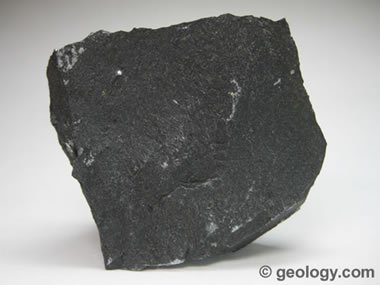 |
Basalt
|
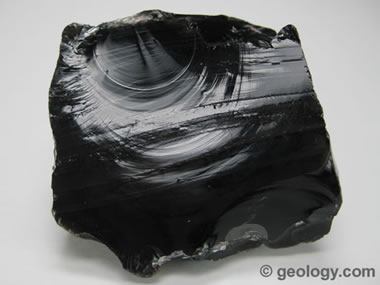 |
Obsidian
|
|
A light-colored vesicular igneous rock. It forms through very rapid solidification of a melt. The vesicular texture is a result of gas trapped in the melt at the time of solidification.
 |
Pumice
|
|
A dark-colored, vesicular, extrusive igneous rock. The vesicles are a result of trapped gas within the melt at the time of solidification. It often forms as a frothy crust on the top of a lava flow or as material ejected from a volcanic vent and solidifying while airborne.
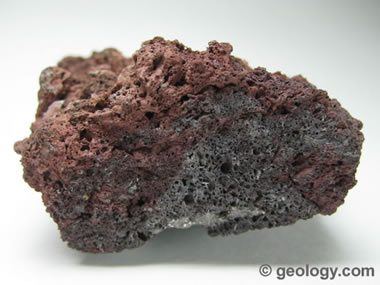 |
Scoria
|
|
a fine-grained, extrusive igneous rock composed mainly of plagioclase with other minerals such as hornblende, pyroxene and biotite.
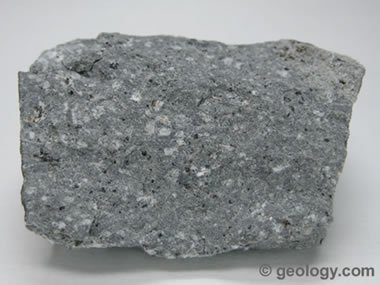 |
Andesite
|
|
a coarse-grained intrusive igneous rock that is composed almost entirely of olivine. It may contain small amounts of amphibole, feldspar, quartz or pyroxene.
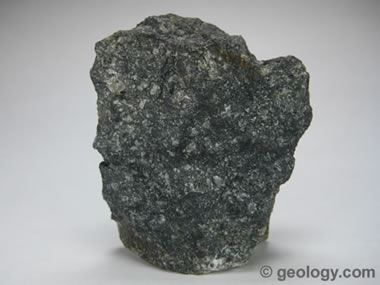 |
Peridotite
|
|
A coarse-grained, intrusive igneous rock that contains a mixture of feldspar, pyroxene, hornblende and sometimes quartz.
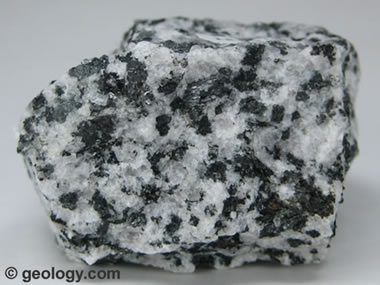 |
Diorite
|



